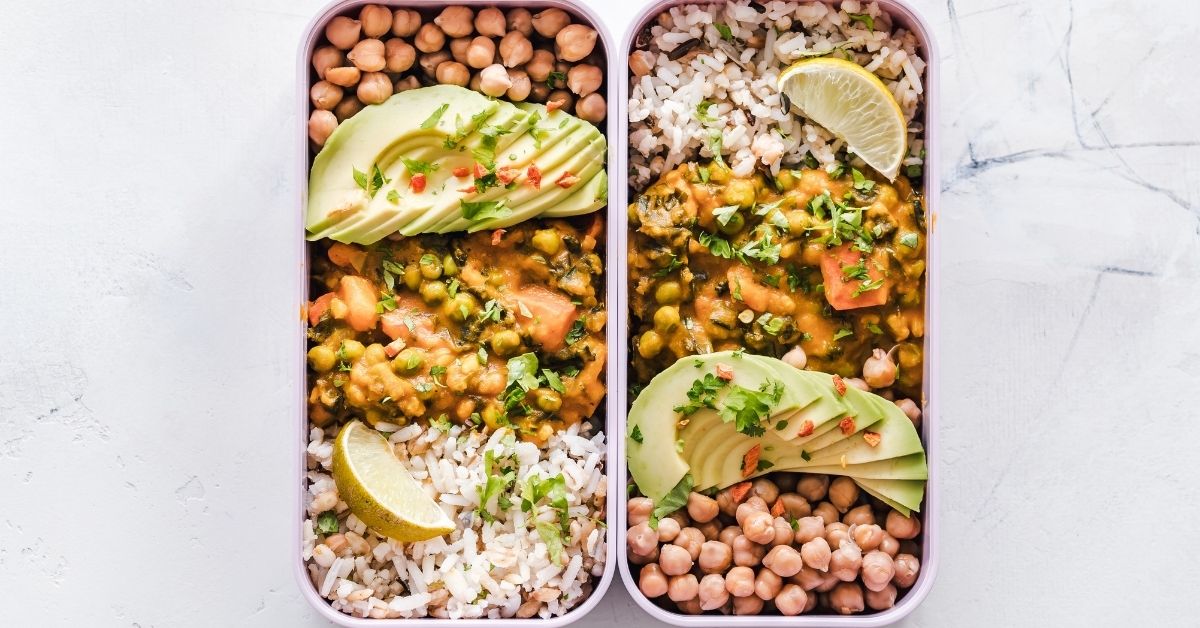Sun’s out, lunch boxes are out! Sunny days are great for picnics and for kids having lunch on the school playground. Warm days are also perfect for cool lunches such as light sandwiches, vegetable sticks, cheese and crackers, fresh fruit and juice.
If you’re just like any other parent, you may be asking how do I keep my kids’ lunches cool and fresh on a hot day?
Growing kids need a lot of energy and they should be getting adequate nutrition from the food they eat. If your kids’ school lunch is soggy and unappetising, not only will they struggle to finish it, but there is the risk of food poisoning as well.
When it comes to the food we prepare for our kids and packing their school lunches, it’s important to consider the following: that they are balanced, nutritious, tasty and safe. If your kids’ lunch is not packed well, it may harbour bacteria growth, especially during warm days.
Here are our tips to ensure your kids’ lunch stays cool, crisp and fresh even on hot days
1. Keep the lunch pre-chilled
Prepare your kids’ lunch the night before and keep them chilled in the fridge overnight. This is especially great if you’re preparing meat sandwiches or pasta salads. Keep them adequately chilled so that when you transfer them to your child’s lunch box, they will retain the cool temperature longer. This hack of making your kids’ lunches the night before is also a wonderful way to save time in the mornings!
2. Use an insulated lunch container
There are plenty of insulated lunch containers (sometimes known as cooler bags) available in all designs, shapes and sizes. Insulated containers help maintain the temperature of its contents. They keep cold items cold and hot items hot. Look for insulated containers that are also leak-proof to avoid getting you kids’ lunch box messy.
3. Use ice packs with lunch boxes
When used in an insulated lunch box, ice packs are your secret weapon to keeping your kids’ lunches cool and fresh as long as possible. These compact and reusable lunch ice packs are perfect for kids’ lunches because they are colourful and lightweight. It’s also perfect as one pack comes with five individual ice packs. The USDA (U.S Department of Agriculture) recommends having at least two separate ice packs in a lunch box to keep a safe level of coldness in lunch boxes.
There are plenty of lunch ice packs available, but make sure to get light and colourful ones so that kids can carry them easily and they won’t be likely to get lost!
4. Place perishable items next to the ice packs
Perishable foods like meat, pasta, and dairy need to be kept the coldest, so when packing your child’s lunch box, make sure to place these foods next to the ice packs. Non-perishable foods such as bread, crackers and unpeeled fruit do not need to be kept as cold.
5. On really hot days, avoid perishable food
During the peak of summer or when it’s a particularly hot day, try to avoid packing perishable food for your kid’s lunch. There are plenty of healthy, non-perishable options these days in the market, like unsweetened granola bars, wholewheat biscuits and crackers, rice cakes, savoury muffins, etc.
5. Do not reuse disposable packaging
Sandwich bags should not be reused. They could be breeding grounds for bacteria and could cause food poisoning. Reusable sandwich wrappers, and other containers that can be washed and sanitised are a better option.
6. Keep the lunch bag in cool temperature
Teach your child how best to store their lunch boxes. Teach them to store it in a cool, shaded area and to avoid leaving it out in the sun or the heat. Some schools may have a fridge or chiller available to store food and lunch boxes, so it won’t hurt to ask your child’s school if they have such provisions.
7. Keep portions small
Kids generally eat small portions of food. Try to keep the cuts and portions of their food in compact sizes. Not only will this prevent leftovers, but it will also keep their food cooler and fresher. Generally, the more or larger the ice packs are in proportion to the food, the longer It will keep fresh and cool.
8. Know the temperature danger zone
Bacteria grow rapidly in the range of 40 to 140 degrees Fahrenheit (between 5 to 60 degrees Celsius), and they double in number in as little as 20 minutes. Storing food below this temperature danger zone can considerably slow down the rate at which bacteria can multiply. In short, cold foods should be kept below 5 degrees Celsius, and hot food stored above 60 degrees Celsius.
9. Avoid having food touch each other
Most parents are skilled in the art of lunch box Tetris. In order to keep food as fresh as possible, try to place them in containers with compartments, or keep them in individual small containers. When certain types of food are kept together in a box, for instance, sandwiches and vegetable sticks, it may encourage moisture and they might lose their crispness / freshness sooner.
Knowing these practical tips on how to keep your kids lunch box cool can be easy especially when you practice them daily. Keep a note with all the above pointers in bullet points so you can remember. If you do them regularly, they will come naturally, and you and your kids may even have fun preparing school lunches together!
What methods have you tried to keep your kids’ school lunches cold? Please share your tips and experience with us, we’d love to hear from you!



